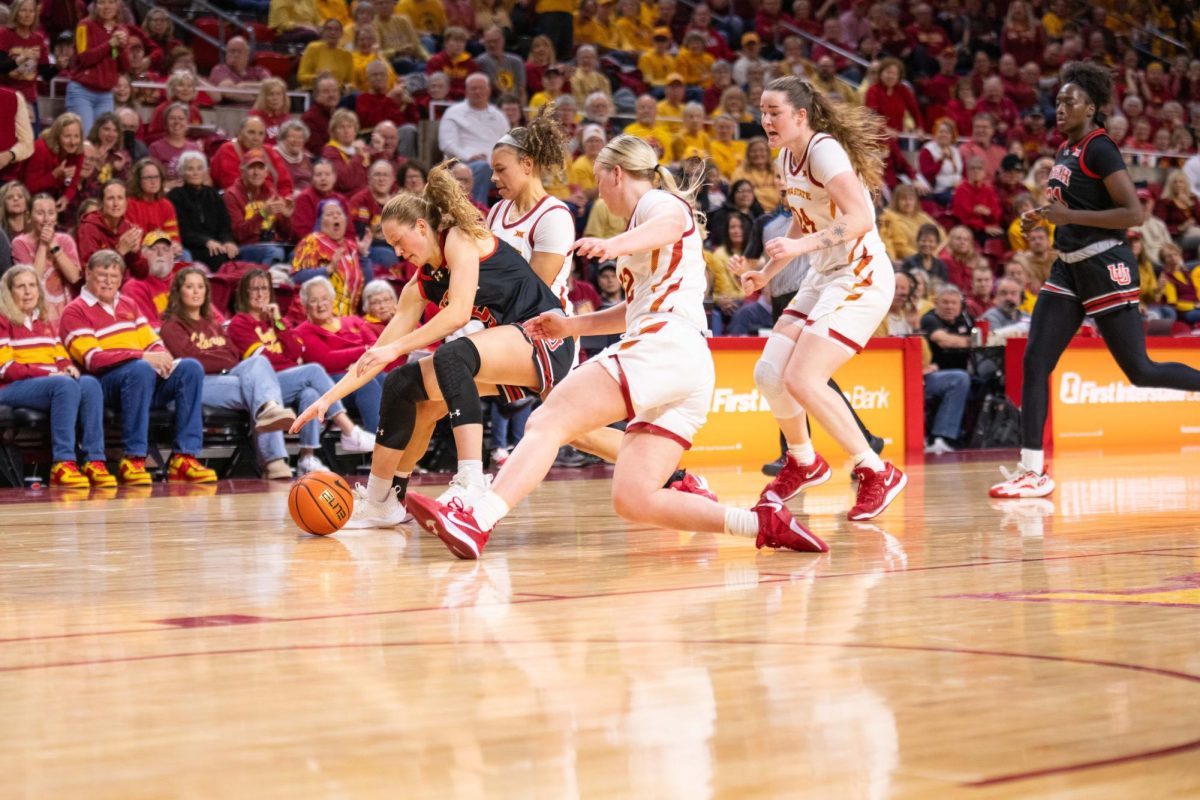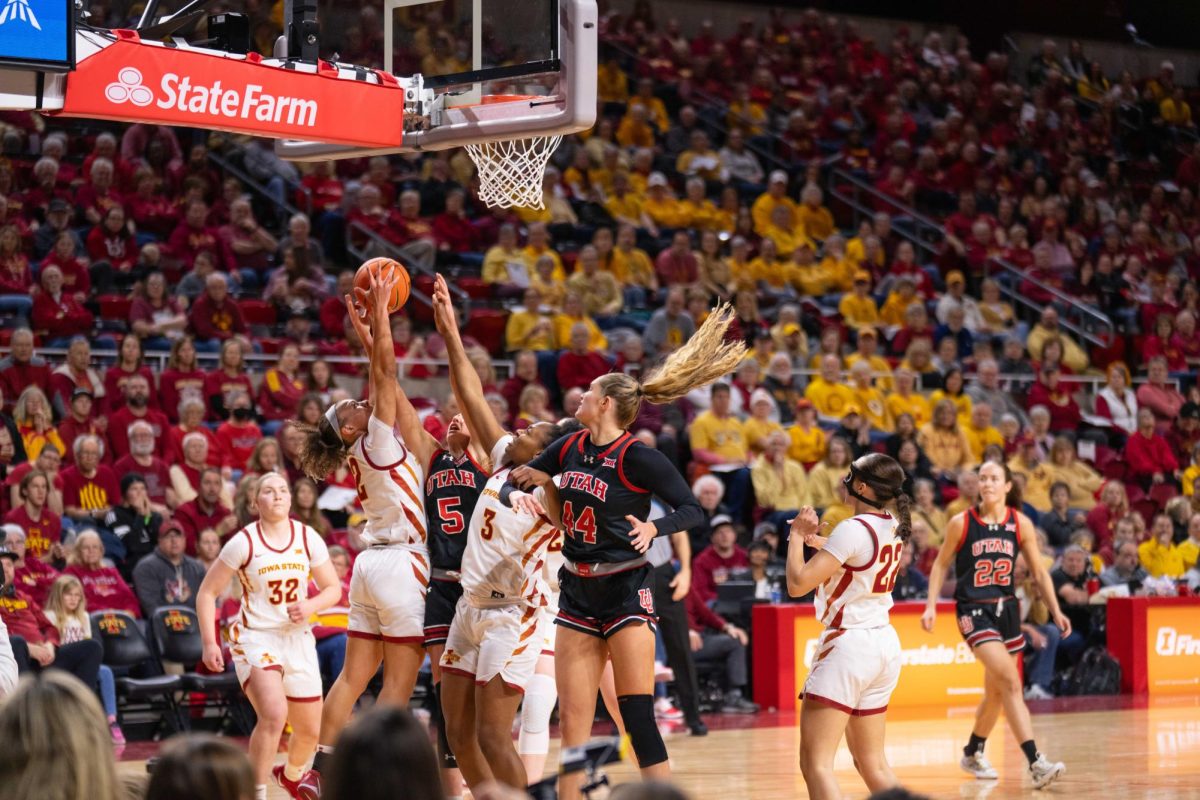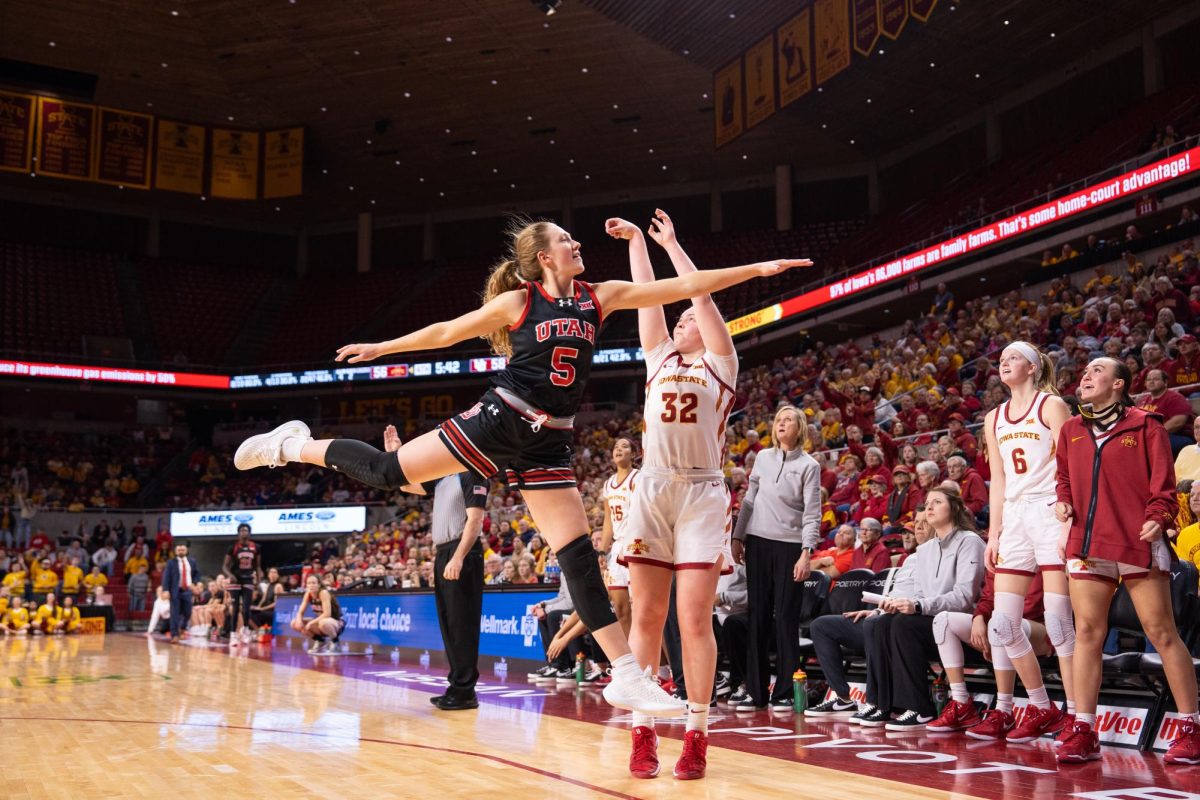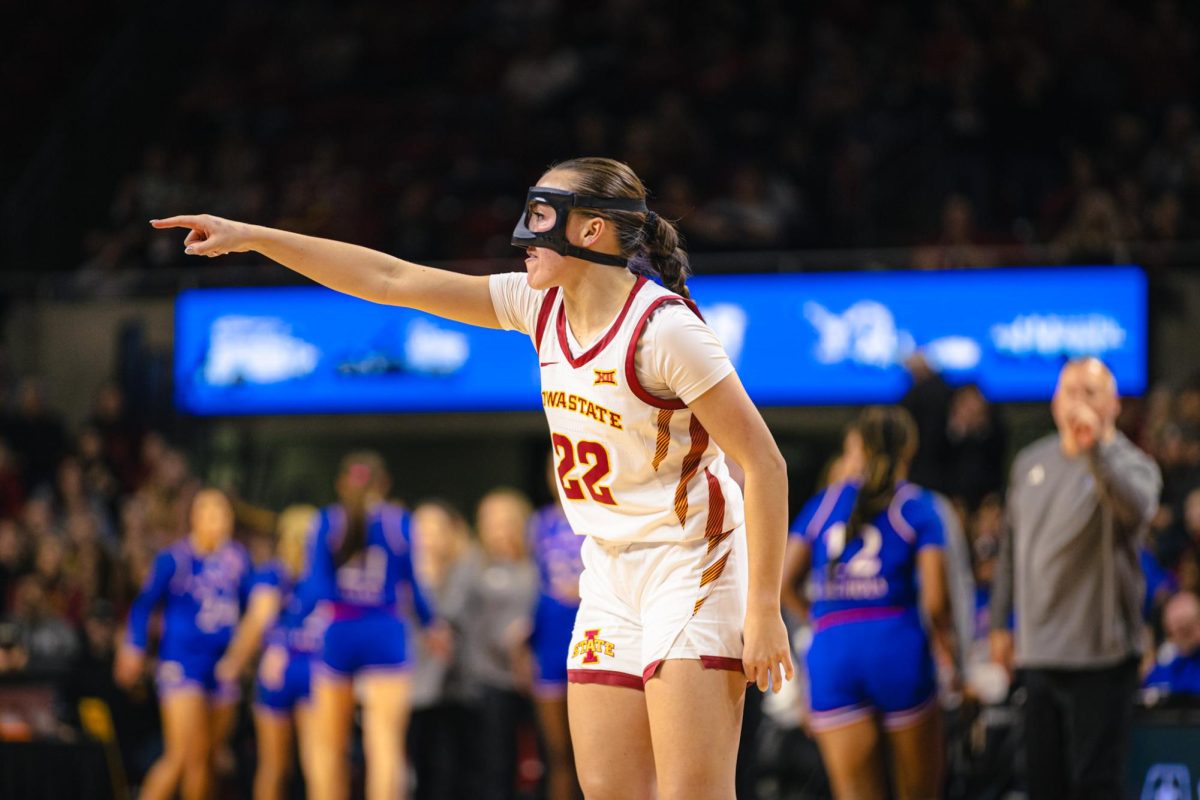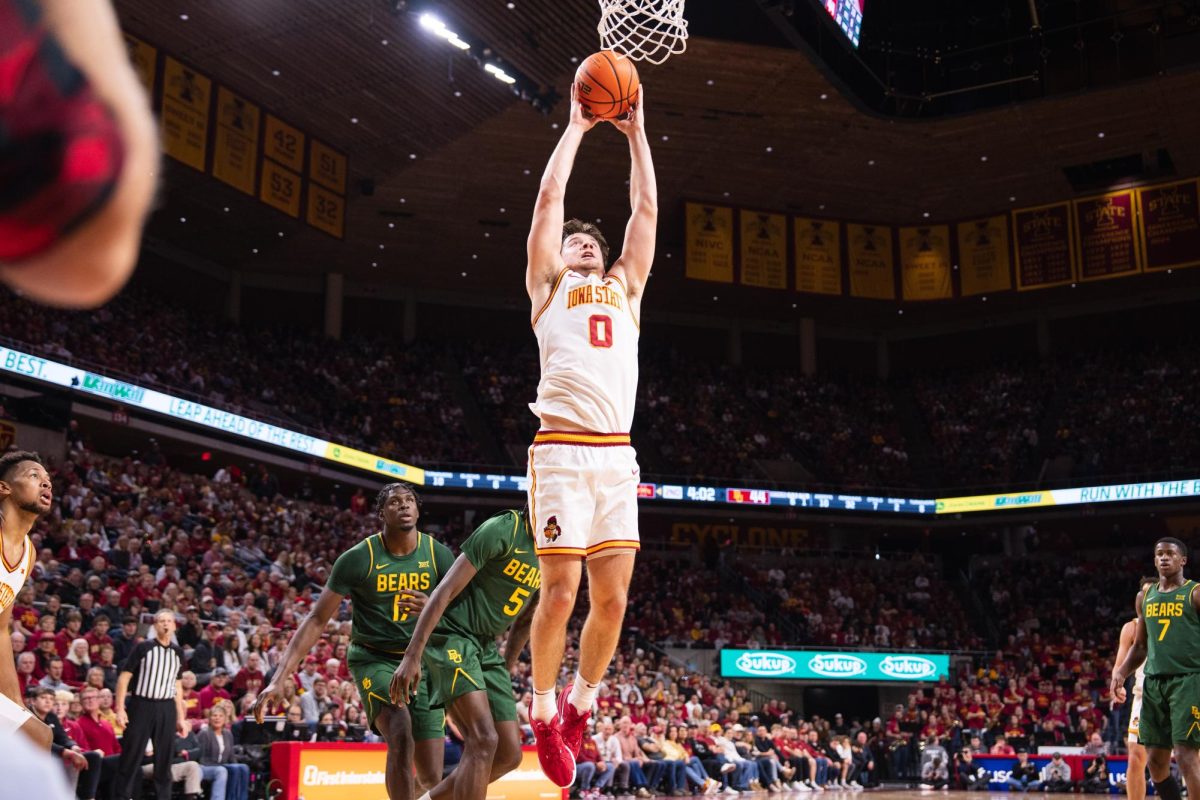Detective hunts for clues that will lead to Danny Peterson’s killer
April 29, 2003
Almost a year after Danny’s accident, Jack Talbot can recite the details of the case as if it were his own son who had died. The big, easygoing detective admits he has a “fault” of being obsessed about his cases even after being a police officer for 30 years. He loves his work — he went into law enforcement straight out of high school and never left. He even has a private-eye business on the side.
“I guess I never get enough of it,” he says.
Danny’s death was especially painful for Talbot. Not only did he have a daughter the same age as Danny, but Danny was following the advice Talbot had given to countless kids, including his own: If they choose to drink, “don’t get behind the wheel. Walk.”
“It just didn’t seem right to me, that a young man could go out doing what kids do, having a good time, trying to be responsible by walking home and he could die,” Talbot says. “And his parents would know nothing.
“That just didn’t seem conceivable.”
He only knew Danny from interviews with his friends and family. No one said a bad thing about Danny, Talbot says. And from what he knows of Danny, Talbot could see a lot of his younger self in the outgoing, carefree young man who he only knew after death.
“There will always be a place in my heart for Danny,” says Talbot, who has a picture of Danny hanging in his office. “It’s something that will be with me for the rest of my life.”
Fragments of a case
Danny’s accident took place barely a block from the police station. It was five minutes from Talbot’s home, where he was awakened by his phone shortly after 1 a.m. The state patrol needed him to go down to the scene to take photographs.
Danny was gone when Talbot arrived. The helicopter that airlifted Danny had brought in all kinds of gawkers that needed to be blocked off by the fire department.
Talbot first noticed small slivers of glass on the road, each about a quarter of an inch in length. They were probably from the car’s windshield and indicated where Danny had been hit. The spot where Danny landed had been marked about 40 feet ahead. One of his shoes was on the pavement, the other was slightly up the side of the hill.
A culvert 100 feet farther up the road contained the most promising clue: pieces of glass with identifying numerals that appeared to come from a headlight. Flecks of paint indicated that the car was probably red. The friends with Danny at the time of the accident saw virtually nothing of the runaway car. But another witness said he saw the car veer into the culvert and appear to hit something.
So the headlight glass, Talbot reasoned, was the best place to start the investigation. It was the only place to start.
Talbot and his partner Steve Neururer, a four-year veteran investigator, went to car repair shops with the broken glass, hoping they would know where it came from. They were pointed to a shop in Indianola that reconditioned headlights. Talbot e-mailed the shop digital photos of the fragments and told them what had happened. The workers at the car shop stopped their work and searched through their catalogs, staying well into the evening until they had found Talbot’s car. They called him back. The glass was special, and it belonged to only one kind of car:
A 2001-2002 Mercury Cougar.
On the Cougar’s trail
“It was pages and pages … I don’t know how many there were,” Neururer says when remembering the stack of printouts they got from the state listing all of the Cougars in the Minneapolis area. Even when the list was narrowed down to 2001-2002 Cougars, there were almost 700 cars to check out.
The list had the detectives crisscrossing Minneapolis day and night to track down each owner to personally inspect the cars for damage. The owners were generally cooperative — some of them had heard the news and expected a visit from the detectives. But the work was tedious and frustrating. Sometimes the list would be inaccurate about the color or year of the car. And even when they did find the right kind of Cougar, it would turn out that it was nowhere near the accident that night.
Talbot estimates that the department inspected at least 300 cars in a two- to three-week period. But they were not alone in the search. The other officers volunteered to help and took parts of the list with them. They searched for the Cougar in their off-duty hours, using their own cars. It was one of these officers — Roy Gutzman, a patrol officer — who found the Cougar. He spent his day off in Mendota Heights, a suburb a half an hour east of Excelsior. When he found the owner of the red Cougar there, she told him that yes, she did run into the culvert near Danny’s accident.
But her Cougar had been in the repair shop the day of the accident. The glass Talbot found was from her accident that occurred a week before. Her story checked out. The red Cougar was a wild goose.
“That was a very depressing day around here,” Talbot says. “We didn’t know where to go. We had obviously run out of clues.”
‘The whole world was crying’
Although they can remember their last week with Danny in clear detail, the weeks afterward had been a blur for the Petersons. It rained a lot that summer, Pat remembers, “as if the whole world was crying.” It was a time marked by visits from media asking for comment, calls of condolence from friends and relatives and periods of quiet when there was nothing to do but reflect on how empty their home had become. Laurie went back home every Sunday like she did before the accident. It was too hard to come back more often — the drive there always made her weep. Going back to work and away from the seclusion of home was a welcome distraction from the constant dwelling over Danny’s death.
“It was good to have something to do because whenever you didn’t, you just reverted back to Danny and this thing happening,” Tim says. “It’s still always good to have something to do. You don’t put it out of your mind for very long.”
With his brother gone, Chris was the only kid in the house that summer. He didn’t go out with friends very often. It was too hard to have a good time and pretend nothing had happened. At home, though, it was even easier to notice his brother’s absence. Danny, when he would come home late as he often did, had a habit of waking Chris so that he would have someone to talk and shoot pool with in the basement. Now, Chris found himself stopping into Danny’s old room at night. He hoped that he would see Danny sleeping in bed so that he could wake him up and they could hang out as they always had done before.
The room was left the same way it was the day of Danny’s accident — even his dirty clothes were still in his laundry basket.
But Danny wasn’t there.
“I wasn’t too happy at the times when he’d wake me up,” Chris says. “But I love the fact that he did it. And now I wish he had done that every night.”
The pain from Danny’s death overshadowed the ongoing search for the driver who had killed him. But the Petersons, whom Talbot called often to keep them up to date, still needed to know who killed Danny. After the accident, Pat had nightmares about the accident, seeing each time a different face of someone she knew behind the wheel of the car that struck down Danny. The Petersons’ greatest fear was that the driver was one of their friends, now hiding and tormented with guilt. The Petersons knew finding the driver wouldn’t bring Danny back, but at least it would end their fears. They were as disheartened as Talbot was about the dead-end lead.
“When the red Cougar idea fell through, we didn’t have any particular reason to have any hope,” Pat says.
Nowhere to go
Even though the case was cold, there was no shortage of support from the community. The newspapers and TV stations publicized Danny’s death and the search for the killer. Strangers regularly prayed for the police and wanted to know how they could help. The publicity brought in tips, but they didn’t amount to anything. One woman called in to say she suspected her ex-boyfriend as the driver, simply because he liked to frequent the bars near the accident. Each lead was tracked down. Talbot picked through a pile of liquor sales receipts and license plate numbers from cars parked at the bars the night of the accident, trying to get something out of nothing. Sometimes the futility of the work would make him confide to Neururer that he didn’t think the case could be solved.
“We’ve got to keep trying,” Neururer would say. But he was even less optimistic than Talbot was.
In August, the case finally took its toll on Talbot. Besides Danny’s case, there were other crimes — burglaries, vandalism and a forgery case — that he needed to investigate. The stress overcame him and one day he had what he thought was a heart attack and was taken by ambulance to the hospital. It turned out to be just chest pains but the doctor told him to slow down. So Talbot decided to change his priorities. He closed his private-eye business and had the rest of the department shoulder his load of work. He wanted to put everything into the Peterson case.
“I decided there was one thing that was important to me, and that was this case,” he says. But he knew passion alone could not solve this case. There needed to be a break.
“We were clinging to a hope and a prayer,” Talbot says. “That’s all we had left.”
Then, at the end of August, out of nowhere, a young woman stepped forward. The story she had to tell Talbot would give him his break and ruin her own life in the process.
About this series
This series was inspired by a Minneapolis Star-Tribune July 12 article headlined, “Who struck down Danny Peterson? A detective won’t let go,” about a Minnesota police department and its almost obsessive search for the driver who killed Danny.
The Daily learned from the Star-Tribune and the South Lake Minnetonka Police Department in February that the driver had been arrested and sentenced. This prompted the Daily to find out the complete story behind what happened to Danny.
The events surrounding his life and death are derived from the accounts of 10 of the major people involved, including Danny’s family and the detectives working his case. The Daily also visited the Peterson home and the spot where Danny’s accident took place.
Articles from Minnesota newspapers, the transcript of the sentencing hearing, the text of Danny’s eulogy and victim impact statements to the judge were also sources for this story.


